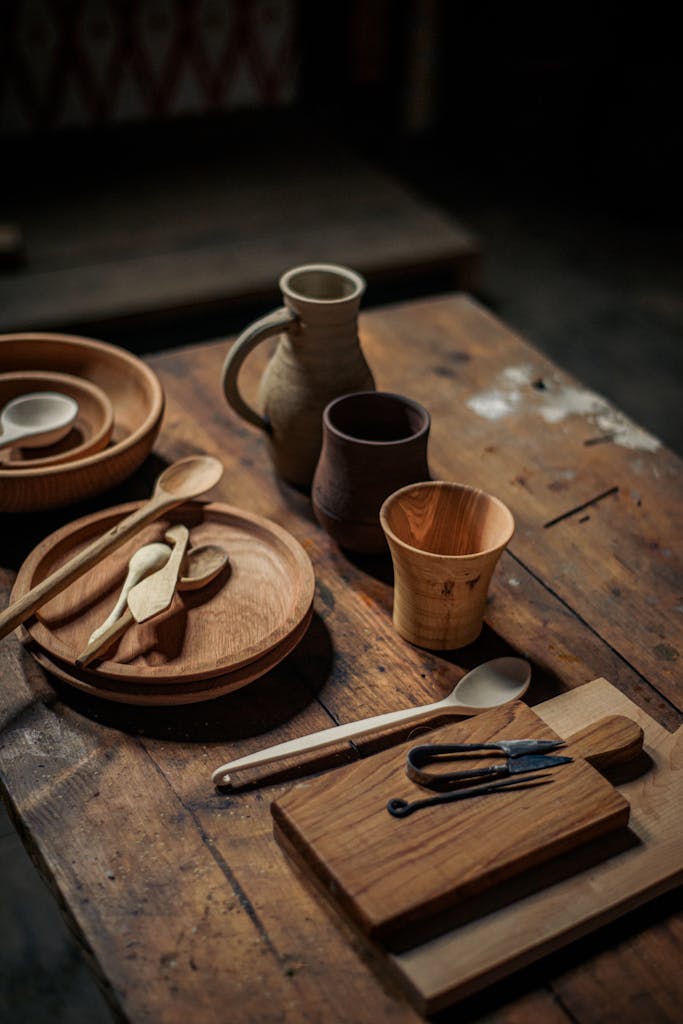Unlock the three essential stages that turn raw wood into refined craftsmanship.
1. Design – Turning Vision Into Blueprint
Every great carpentry project starts with a solid design. Whether you’re building a table, cabinet, or custom shelf, this phase lays the foundation for success. The design process includes:
- Identifying purpose and function of the piece
- Sketching or using design software for plans
- Selecting materials, dimensions, and joinery methods
- Planning the workflow and tools required
A detailed design saves time, avoids material waste, and ensures a smooth build process.
2. Cut – Shaping the Raw Material
With a clear plan in hand, it’s time to bring the project to life through precise cutting. This phase transforms raw lumber into accurate components. Key actions in this stage:
- Measuring and marking every cut with accuracy
- Using hand tools or power tools to rip, crosscut, and shape wood
- Creating joints such as mortise and tenon, dovetails, or lap joints
- Dry-fitting parts to check alignment before assembly
The cutting stage demands attention to detail and respect for grain direction and material characteristics.
3. Finish – Protecting and Perfecting
The final stage enhances both the durability and beauty of the piece. Finishing techniques vary based on the wood type, usage, and desired appearance. This stage often includes:
- Sanding all surfaces until smooth, progressing through grits
- Applying stain, paint, or dye if color is desired
- Sealing the surface with varnish, polyurethane, shellac, or oil
- Buffing or polishing for a clean, even shine
A good finish doesn’t just make your project look professional—it protects it from moisture, wear, and time.
Why the Cycle Matters
The cycle of design, cut, and finish represents the flow of every successful carpentry project. Skipping or rushing any step can lead to poor results. But when each phase is given the time and focus it deserves, the outcome is a durable and beautiful piece of craftsmanship.
Conclusion
From idea to execution, the carpentry cycle is more than a process—it’s a mindset. By mastering each phase—designing with intent, cutting with care, and finishing with pride—you not only build better furniture, you build lasting skill and satisfaction in your craft.


